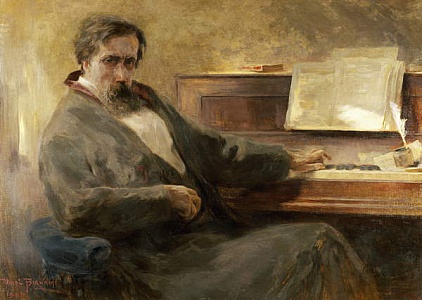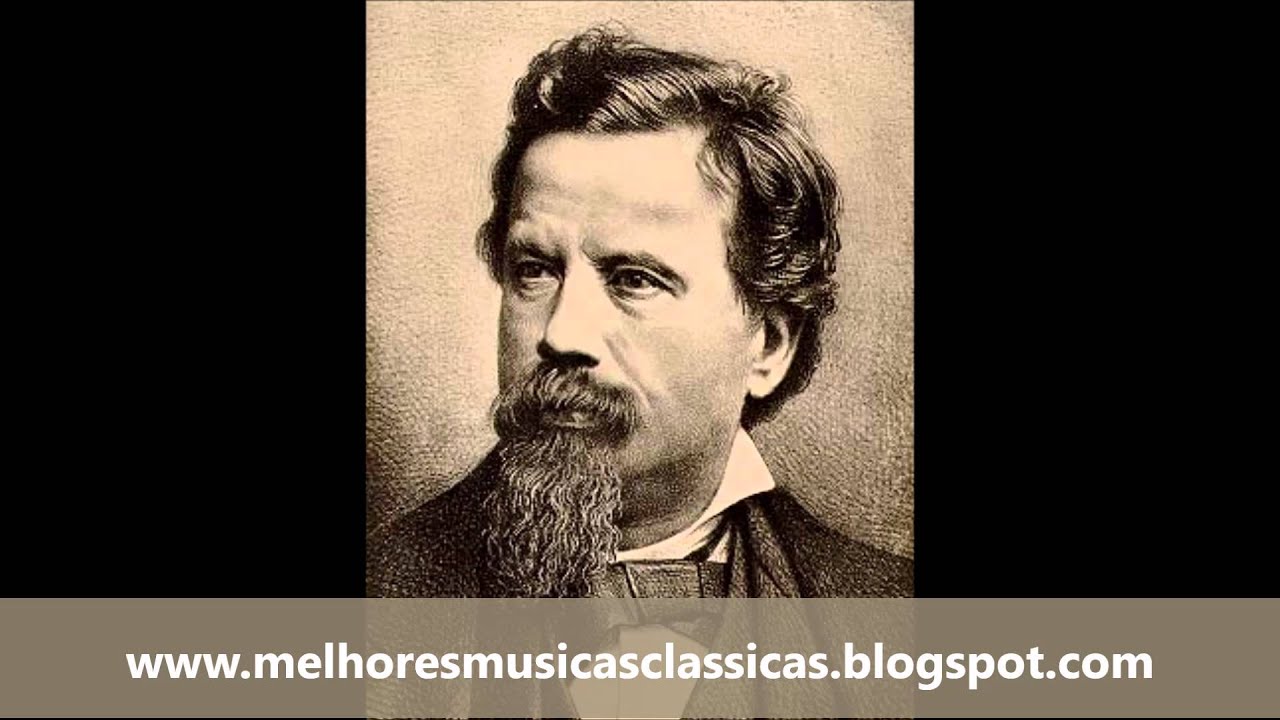
Amilcare Ponchielli – Biography and Life
Amilcare Ponchielli was an Italian composer whose legacy endures through his operatic masterpieces, notably his magnum opus “La Gioconda.” Born on August 31, 1834, in[…]

Amilcare Ponchielli – La Gioconda
Amilcare Ponchielli – La Gioconda Amilcare Ponchielli (31 August 1834 – 16 January 1886) was an Italian opera composer, best known for his opera La Gioconda.[…]